Why Mandelic Acid?
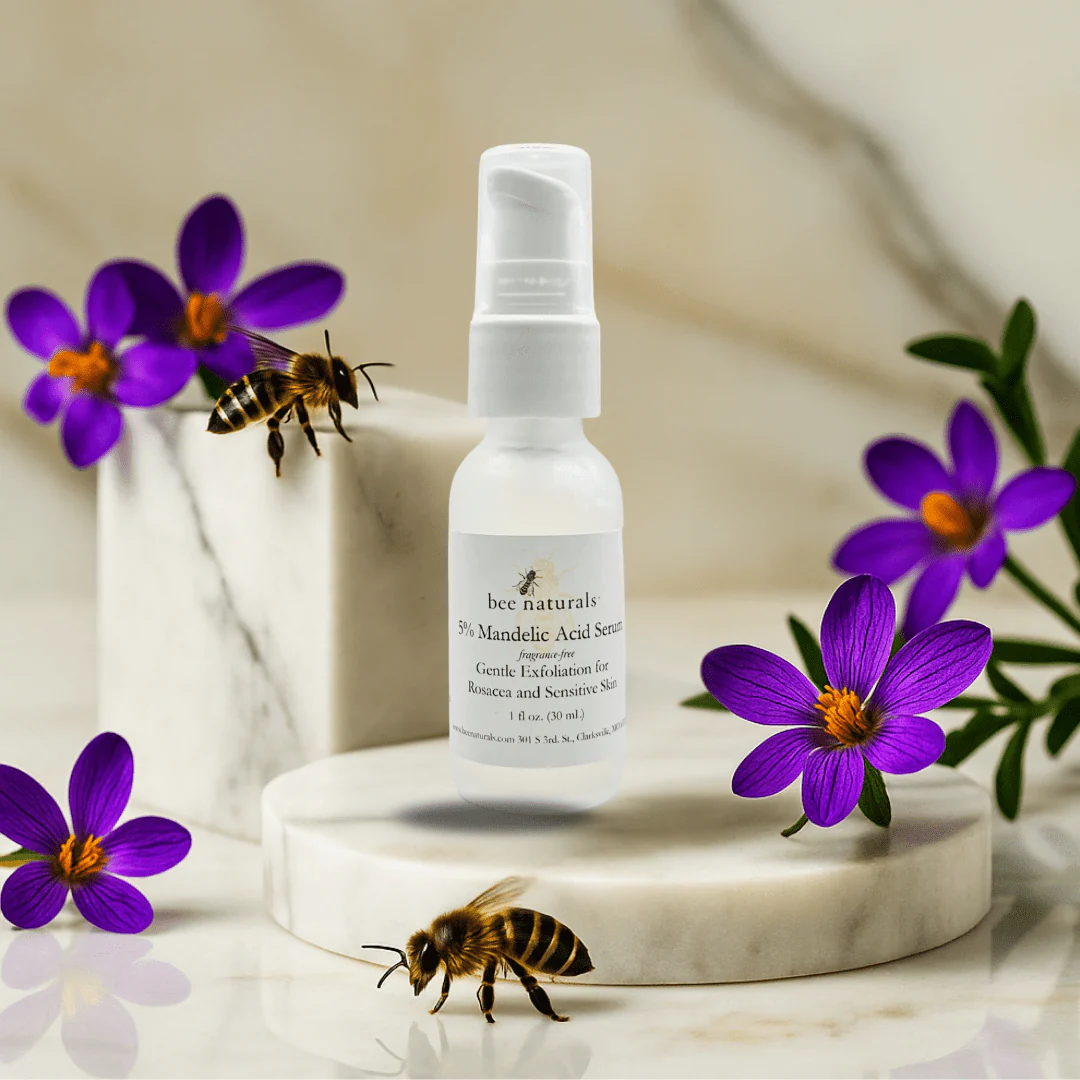
Mandelic acid is a fantastic choice for those seeking gentle exfoliation to improve skin texture. It effectively removes dead skin cells, unclogs pores, and smooths the skin, helping to diminish hyperpigmentation over time. Studies reveal that after just one week, pore volume decreases by 16.72%, and skin texture improves by 6.47%. Additionally, mandelic acid works to reduce fine lines and wrinkles, all while being gentle enough for sensitive skin due to its larger molecular size, ensuring noticeable results with minimal irritation.
Key Takeaways
Mandelic acid softly removes dead skin, making it smoother and reducing small wrinkles. It works well for sensitive skin without causing irritation.
Using mandelic acid often can lighten dark spots and discoloration. Over time, it helps your skin look more even.
Begin with a small amount and slowly use more. This helps your skin get used to it and gives safe, good results.
What Is Mandelic Acid?
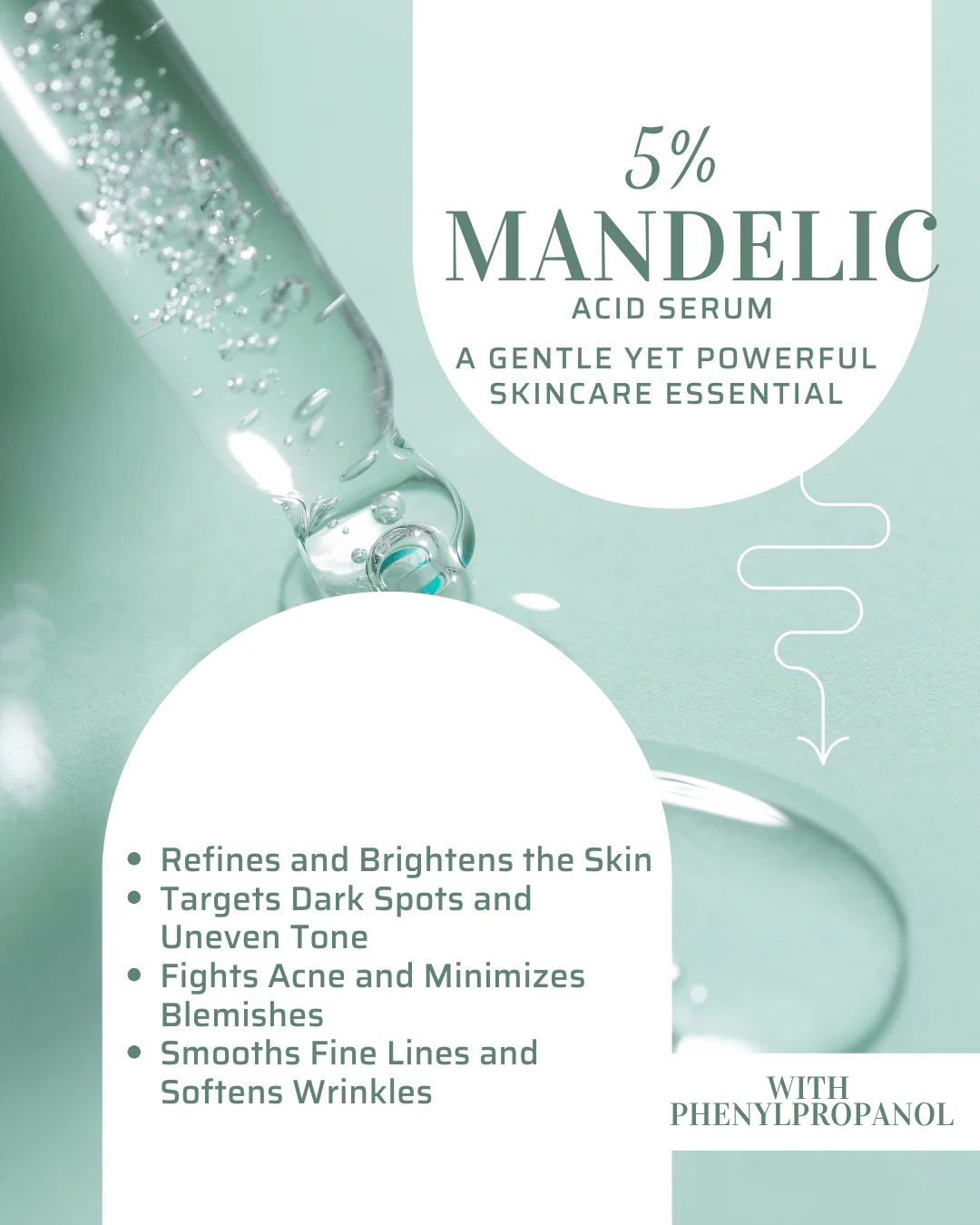
Mandelic acid is a type of alpha-hydroxy acid (AHA) derived from bitter almonds. It’s known for its gentle yet effective properties, making it a favorite in the world of skincare. Unlike other AHAs, mandelic acid has a larger molecular structure, which allows it to penetrate your skin more slowly. This slower absorption reduces the risk of irritation, making it an excellent choice for sensitive skin.
Gentle Exfoliation Explained
Exfoliation is the process of removing dead skin cells from the surface of your skin. While physical exfoliation uses scrubs or brushes, chemical exfoliation relies on acids like mandelic acid to do the job. Mandelic acid works by breaking down the bonds between dead skin cells, allowing them to shed naturally. This reveals the fresh, smooth skin underneath.
Here’s how gentle exfoliation benefits your skin:
Promotes cell turnover, helping your skin renew itself faster.
Unclogs pores, reducing the chances of breakouts.
Improves skin smoothness and radiance.
Helps diminish hyperpigmentation and even out your skin tone.
A clinical study comparing different exfoliation methods found that chemical exfoliants like mandelic acid stimulate cell turnover and improve skin texture more effectively than physical exfoliants. Plus, mandelic acid’s mild nature makes it suitable for all skin types, including sensitive skin.
Type of Exfoliation |
Method |
Benefits |
|---|---|---|
Chemical Exfoliation |
Uses acids like mandelic acid |
Stimulates cell turnover, smoothens skin, and improves radiance |
Physical Exfoliation |
Involves scrubs or brushes |
Provides immediate desquamation, enhances skin appearance |
Tip: If you’re new to exfoliation, start with mandelic acid. Its gentle action ensures you get the benefits without overwhelming your skin.
How Mandelic Acid Works on Skin
Mandelic acid interacts with your skin in several ways to deliver its benefits. It’s not just an exfoliant—it’s also anti-inflammatory, antibacterial, and antioxidant. These properties make it a multitasking ingredient that addresses multiple skin concerns.
Here’s a closer look at how it works:
Exfoliation: Mandelic acid accelerates cell turnover by removing dead skin cells, which improves skin texture and reduces fine lines and wrinkles.
Anti-inflammatory: It calms redness and irritation, making it ideal for sensitive or acne-prone skin.
Antibacterial: Mandelic acid fights acne-causing bacteria, helping to prevent breakouts.
Astringent: It tightens pores, giving your skin a smoother appearance.
Antioxidant: By neutralizing free radicals, it protects your skin from environmental damage.
A comparative study on mandelic acid and salicylic acid peels showed that mandelic acid is just as effective for treating acne but with fewer side effects. Over 12 weeks, participants using a 45% mandelic acid peel experienced significant improvements in inflammatory acne lesions and overall skin texture.
Property |
Effect |
|---|---|
Anti-inflammatory |
Reduces redness and irritation. |
Antibacterial |
Inhibits acne-causing bacteria. |
Antioxidant |
Protects skin from free radical damage. |
Astringent |
Minimizes the appearance of pores. |
Exfoliant |
Enhances cellular renewal, improving skin texture and radiance. |
By combining these effects, mandelic acid helps you achieve clearer, brighter, and smoother skin. Whether you’re looking to improve skin texture, diminish hyperpigmentation, or reduce fine lines and wrinkles, mandelic acid is a powerful yet gentle solution.
Benefits of Mandelic Acid
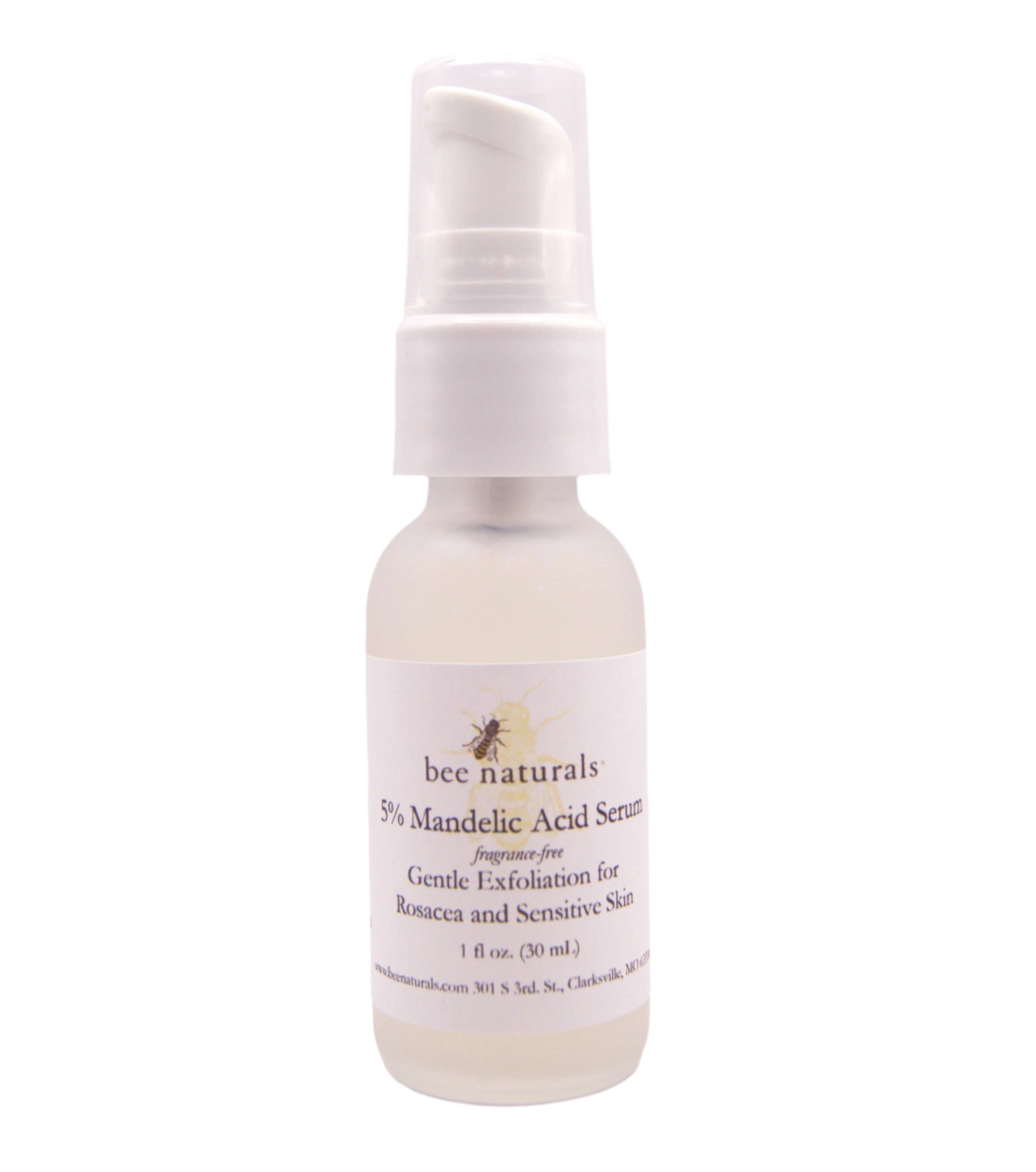
Improve Skin Texture
If you’ve been dreaming of smoother, more even skin, mandelic acid might just be your new best friend. This gentle exfoliant works wonders by promoting cell turnover, which helps your skin shed dead cells and reveal a fresher, brighter layer underneath. Over time, this process improves your skin’s overall texture, leaving it soft and radiant.
Clinical studies back this up. Research comparing mandelic acid to other exfoliants found it significantly enhances skin texture. For example:
A study showed that a 45% mandelic acid peel was just as effective as a 30% salicylic acid peel for treating mild to moderate acne.
Another study highlighted that mandelic acid improved skin texture in the U-zone after just two weeks (p < 0.001).
These findings prove that mandelic acid doesn’t just work—it works quickly. Whether you’re dealing with rough patches, uneven tone, or acne scars, this ingredient can help smooth things out. Plus, its gentle nature makes it perfect for sensitive skin, so you don’t have to worry about irritation.
Tip: Consistency is key! Use mandelic acid regularly to see noticeable improvements in your skin’s texture.
Diminish Hyperpigmentation
Dark spots and uneven skin tone can feel frustrating, but mandelic acid offers a solution. By gently exfoliating the skin and slowing down melanin production, it helps fade hyperpigmentation over time. This means you can enjoy a more even complexion without harsh treatments.
Studies have shown that mandelic acid is particularly effective for post-acne pigmentation. For instance:
Research concluded that salicylic-mandelic acid peels are safe and effective for treating hyperpigmentation, especially in patients with darker skin tones.
Mandelic acid also reduces dark scarring and discoloration, making it a go-to ingredient for brightening your skin.
If you’ve struggled with stubborn dark spots, mandelic acid can help lighten them while being gentle enough for daily use. It’s like giving your skin a fresh start!
Note: Pair mandelic acid with sunscreen during the day to protect your skin and prevent new dark spots from forming.
Reduce Fine Lines and Wrinkles
Aging gracefully doesn’t mean you can’t give your skin a little extra love. Mandelic acid helps reduce the appearance of fine lines and wrinkles by stimulating collagen production. Collagen is the protein that keeps your skin firm and elastic, so boosting its production can soften those pesky lines.
Here’s what research says:
Mandelic acid gently smooths fine lines by promoting collagen production.
It also improves skin elasticity, which helps your skin look plumper and more youthful.
Unlike harsher anti-aging treatments, mandelic acid works without causing redness or peeling. This makes it a fantastic option if you want to tackle signs of aging while keeping your skin calm and happy.
Pro Tip: Combine mandelic acid with a hydrating moisturizer to maximize its anti-aging benefits.
How to Use Mandelic Acid
Tips for Beginners
Starting with mandelic acid can feel a bit overwhelming, but it’s simpler than you think. The key is to ease into it and let your skin adjust gradually. Here’s how you can get started:
Choose a low concentration. Look for products with 5-10% mandelic acid. This ensures your skin gets used to the ingredient without irritation.
Start slow. Apply it every three days at first. Once your skin feels comfortable, you can increase the frequency to every other day or even daily.
Pair it wisely. Combine mandelic acid with hydrating ingredients like hyaluronic acid to keep your skin moisturized. Niacinamide is another great option to reduce redness and inflammation.
Be patient. Results take time. You might notice smoother skin and a brighter complexion after a few weeks, but consistency is key.
Tip: Always do a patch test before applying mandelic acid to your face. This helps you avoid unexpected reactions.
Best Practices for Application
To get the most out of mandelic acid, follow these best practices for safe and effective use:
Cleanse first. Start with a gentle cleanser to remove dirt and oil. This preps your skin for better absorption.
Apply sparingly. Use a few drops of mandelic acid on clean, dry skin. Gently pat it in rather than rubbing.
Avoid mixing with other acids. Don’t use mandelic acid alongside other AHAs, BHAs, or retinoids. This prevents irritation and keeps your skin barrier healthy.
Use sunscreen daily. Mandelic acid can make your skin more sensitive to the sun. Protect it with a broad-spectrum sunscreen containing at least 8% zinc oxide.
Listen to your skin. If you notice redness or dryness, reduce the frequency of use. Your skin will thank you for it!
Note: Mandelic acid works well with antioxidants like vitamin C for an added glow. Just alternate their use to avoid overloading your skin.
By following these tips and best practices, you’ll enjoy the benefits of mandelic acid while keeping your skin happy and healthy. Whether you’re looking to improve skin texture, diminish hyperpigmentation, or reduce fine lines and wrinkles, this gentle exfoliation method is a game-changer.
Mandelic acid offers a gentle yet powerful solution for your skincare needs. It improves skin texture, fades hyperpigmentation, and reduces fine lines. Plus, it’s perfect for sensitive skin.
Studies show it reduces acne lesions by 65% in 12 weeks.
70% of users rate its tolerability as excellent, with minimal irritation.
Ready for smoother, brighter skin? Mandelic acid makes it possible!
FAQ
What skin types can use mandelic acid?
Mandelic acid suits all skin types, especially sensitive or acne-prone skin. Its gentle nature minimizes irritation while delivering effective results.
Tip: Always patch-test before full application to ensure compatibility.
What’s the best time to apply mandelic acid?
Use it at night after cleansing. This allows your skin to absorb it fully without sun exposure interfering with its effectiveness.
What should you avoid when using mandelic acid?
Avoid combining it with other exfoliants like glycolic acid or retinoids. This prevents over-exfoliation and keeps your skin barrier healthy.
Note: Always follow with sunscreen during the day to protect your skin.
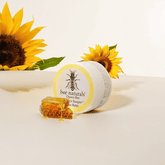

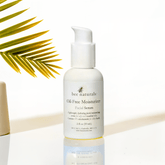

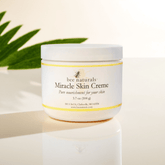


Leave a comment
Please note, comments need to be approved before they are published.